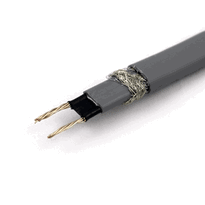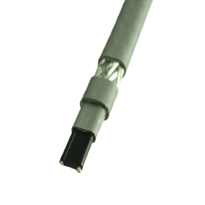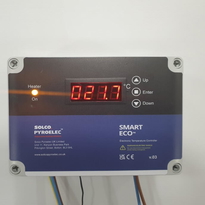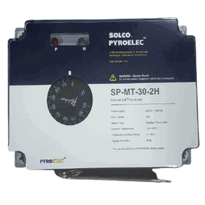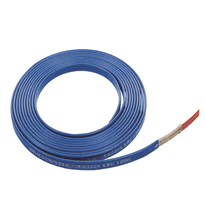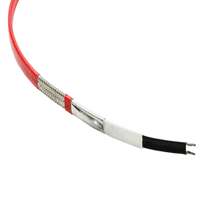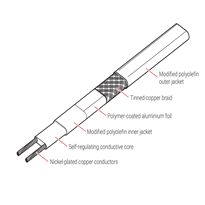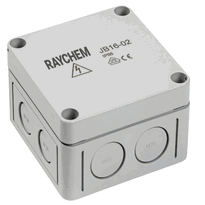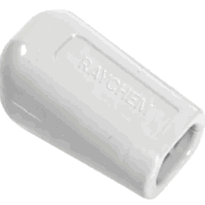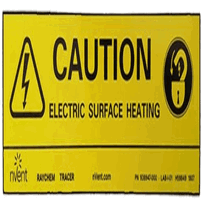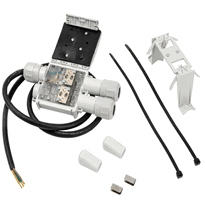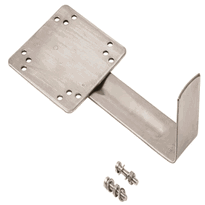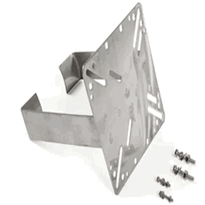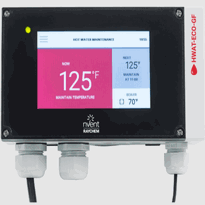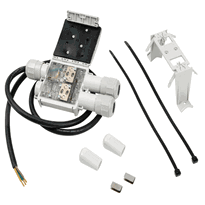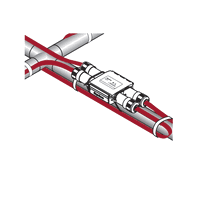Heat Tape for Tankless Water Heater
Heat tape for tankless water heaters offers an effective solution to prevent pipes from freezing by delivering controlled, direct heat to exposed or vulnerable sections of water lines, particularly during cold weather. To ensure optimal performance and safety, it is essential to select a heat tape with the appropriate power output, temperature range, and safety features suitable for UK conditions. When installing, the tape should be wrapped snugly around the pipes, following the manufacturer’s instructions, and combined with suitable insulation for maximum efficiency.
Additional measures such as sealing gaps and ensuring proper insulation further enhance freeze protection and reliability. Regular maintenance and adherence to safety guidelines help ensure safe, dependable operation, safeguarding your plumbing system in colder months.
Understanding How Heat Tape Protects Tankless Water Lines
Heat tape protects tankless water lines primarily by providing a controlled source of heat that prevents the water within the pipes from freezing during cold weather conditions.
It functions as an electrical heating element wrapped around water pipes, activating automatically when pipe temperatures drop below approximately 4°C. This activation is regulated by built-in thermostats, ensuring consistent warmth without manual intervention.
The heat generated directly warms the pipe surface, maintaining water flow and preventing ice formation. Proper application involves tightly wrapping the tape along critical, exposed sections of piping, ideally combined with pipe insulation to minimise heat loss.
Regular inspection and maintenance help verify operational safety and efficiency, reducing the risk of pipe damage. Proper installation is essential to ensure the heat tape functions effectively and safely over time. Using thermal regulation technology optimizes energy use and enhances safety during operation.
As a reliable, active heating solution, heat tape plays an essential role in preventing freeze-related failures in tankless water line systems.
Selecting and Installing the Right Heat Tape for Your System
Choosing the correct heat tape for a tankless water heater system requires careful consideration of several factors to ensure safety, efficiency, and suitability.
Firstly, assess the power requirements of the tape and confirm it matches the available electrical supply to prevent overloads or underperformance. It's crucial to verify that the heat tape’s temperature range is appropriate for your local climate conditions, ensuring reliable frost protection without overheating.
Additionally, ensure compatibility with the type of pipe material to avoid any potential damage or degradation. Fiberglass knit and braided insulation provide durability and flexibility, making installation easier and more reliable. Incorporating materials that support moisture control features can further enhance the system's overall performance and longevity.
Ease of installation is another key factor; opt for tapes that feature straightforward mounting options and come with clear, comprehensive instructions to facilitate a secure setup.
Safety features such as built-in temperature controllers and thermal regulation devices are essential for preventing overheating and safeguarding both the system and users.
Finally, incorporate suitable insulation materials around the heat tape to optimise energy efficiency and minimise heat loss. Always follow the manufacturer’s guidelines during installation to maintain system integrity and extend the lifespan of your setup.
Proper selection and correct installation of heat tapes not only provide effective frost protection but also help optimise energy consumption, ensuring your water heating system remains reliable and efficient throughout the colder months.
Best Practices and Additional Measures for Freeze Prevention
Implementing effective strategies for freeze prevention in a water heating system involves multiple coordinated measures that protect vulnerable components from cold-related damage. Insulation is critical; high-quality fibreglass or polyethylene wraps should cover exposed pipes and heater units, including joints and bends, with all gaps sealed to prevent cold drafts. Engaging professional plumbers ensures precise insulation application. Proper insulation reduces heat loss and helps maintain safe operational temperatures. Maintaining a continuous power supply is equally vital; the heater must stay connected to a reliable source, and backup systems such as generators or uninterruptible power supplies (UPS) are recommended to prevent shutdowns during power outages. For outdoor units, installing weather-rated enclosures and positioning the heater in sheltered locations reduces exposure to cold air and wind chill. Applying electric heat tape with thermostatic controls to exposed sections offers targeted freeze protection. Insulation jackets for valves and gates can also provide targeted thermal protection for valve components. Regular operation, maintenance, and inspections further ensure system reliability during harsh conditions.
Conclusion
Proper selection and installation of heat tape are essential for effective freeze protection of tankless water heater lines. By understanding how heat tape functions, following manufacturer instructions, and implementing additional measures such as appropriately insulating pipes and performing regular maintenance, homeowners can reduce the risk of pipe freezing during colder months. These practices help ensure reliable operation, minimise potential damage, and extend the lifespan of the plumbing system. Proactive freeze prevention should be regarded as a vital aspect of winter system management to maintain the functionality and safety of your water heating system throughout the colder seasons.








